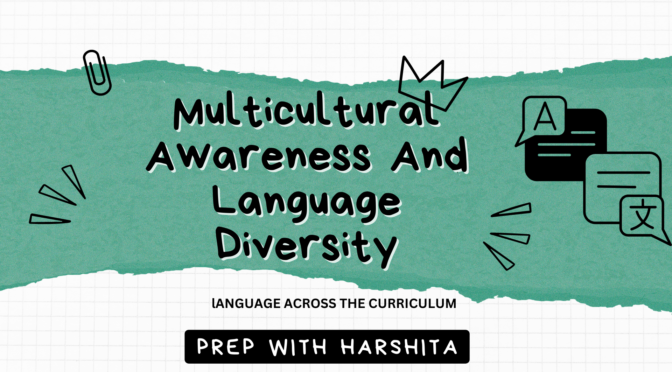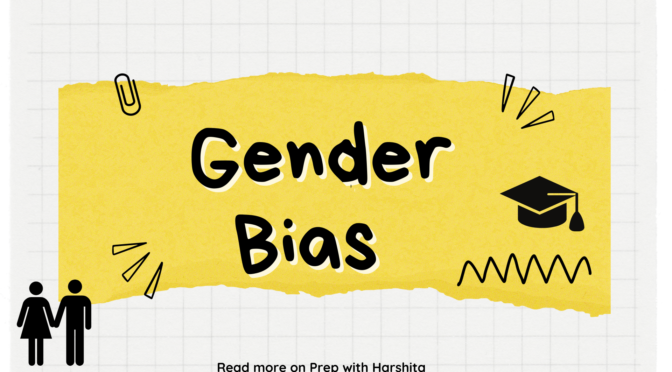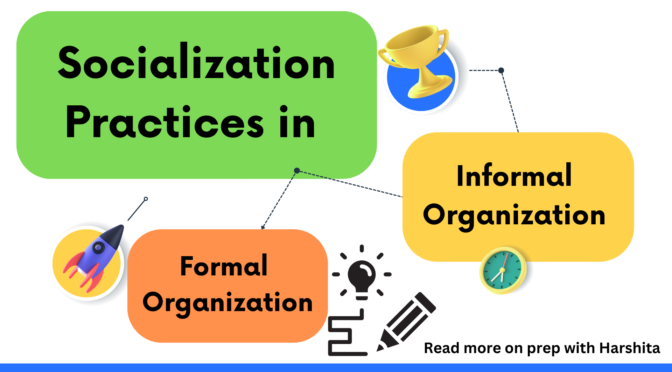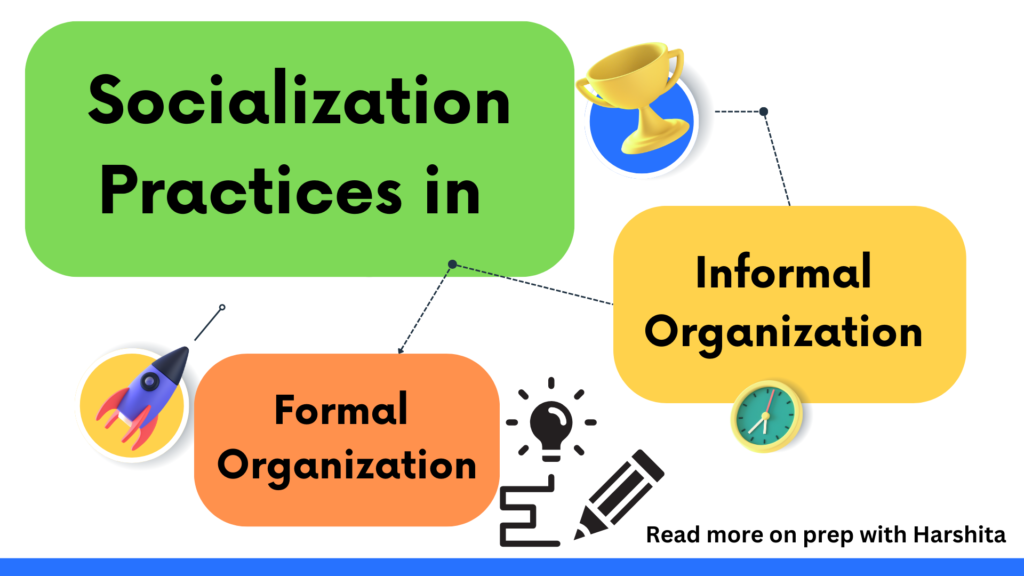The relationship between language and society is multifaceted, as language plays a crucial role in shaping and reflecting various aspects of identity, power dynamics, and discrimination within a society.
Here are some key points to consider:
- Identity: Language is closely intertwined with individual and group identities. The language(s) we speak often reflect our cultural, ethnic, and regional affiliations. It serves as a means of self-expression and helps to define who we are. Language can reinforce a sense of belonging and community among those who share a common linguistic heritage. For example, speaking a particular dialect or language can signify membership in a specific cultural or ethnic group, and it can foster a sense of pride and solidarity within that community.
- Power: Language is a tool of power that can both empower and marginalize individuals and groups. Dominant languages associated with political, economic, or cultural power tend to exert influence over marginalized languages and communities. The control and dominance of certain languages can create power imbalances. Those who speak the dominant language often have access to greater opportunities, resources, and social privileges, while those who do not may face marginalization, exclusion, and limited access to education, employment, and public services. Language can be used as a means of asserting authority, maintaining social hierarchies, and perpetuating inequalities.
- Discrimination: Language discrimination refers to unfair treatment or exclusion based on an individual’s language use or proficiency. Discrimination can take various forms, including linguistic profiling, language-based stereotypes, or unequal access to opportunities due to language barriers. For example, individuals who speak with a non-standard accent or dialect may be subjected to prejudice or negative assumptions about their intelligence or competence. Language discrimination often intersects with other forms of discrimination, such as racial, ethnic, or national discrimination, amplifying marginalization and reinforcing social inequalities.
Language discrimination can also be institutionalized through language policies that prioritize certain languages over others. Language policies may impose the use of a dominant language in educational, governmental, or business settings, effectively excluding individuals who do not speak the dominant language fluently. Such policies can limit opportunities for social mobility and reinforce existing power structures.
- Language Policies: Language policies play a significant role in shaping the linguistic landscape of a society. Governments, educational institutions, and organizations implement language policies to regulate language use, promote linguistic diversity, or impose the dominance of a particular language. Language policies can have both positive and negative impacts on society.
Positive language policies may aim to protect and promote endangered languages, support bilingual education, or recognize linguistic rights. These policies acknowledge the value of diverse linguistic expressions, foster cultural diversity, and promote inclusivity.
However, language policies can also be used as tools of assimilation, oppression, or exclusion. For instance, policies that impose a dominant language as the medium of instruction in schools may suppress the use of minority languages, eroding cultural heritage and undermining the educational opportunities of marginalized communities. Discriminatory language policies can contribute to social divisions, reinforce power imbalances, and hinder the social, political, and economic advancement of affected groups.
- Linguistic Relativity: Linguistic relativity, also known as the Sapir-Whorf hypothesis, suggests that the language we speak influences our perception of the world and our cognitive processes. Different languages encode and emphasize different concepts, shaping how individuals within a society perceive and interpret reality. For example, languages with grammatical gender may influence perceptions of objects or people based on their assigned gender. Linguistic relativity can impact social dynamics, cultural practices, and worldviews within a society.
- Language as a Vehicle for Social Change: Language can also be a powerful tool for social change, resistance, and empowerment. Communities may reclaim and revitalize marginalized languages as a means of asserting their identities and challenging dominant power structures. Linguistic activism seeks to combat language discrimination, promote linguistic rights, and advocate for linguistic diversity. Inclusive
Also Visit : Prep with Harshita

Also Read : Multicultural awareness and language Diversity









